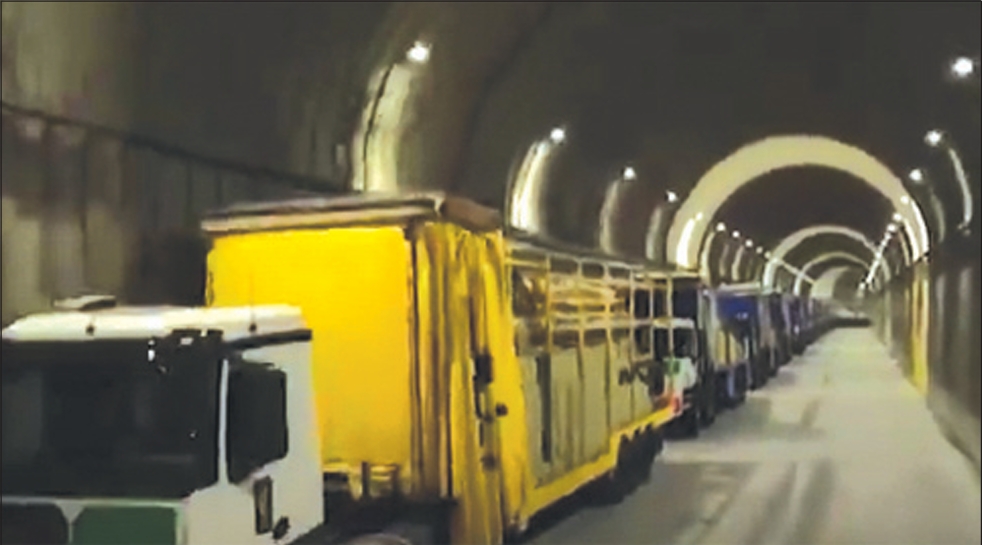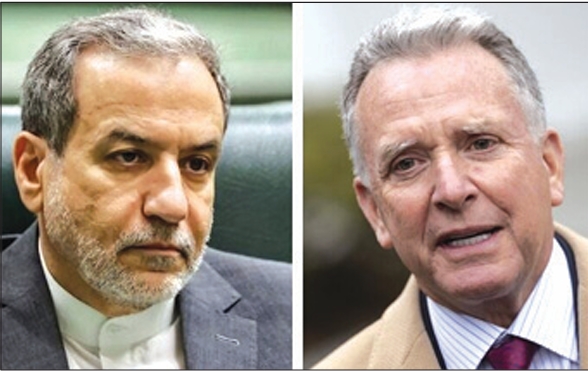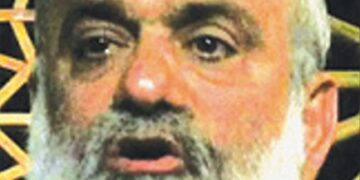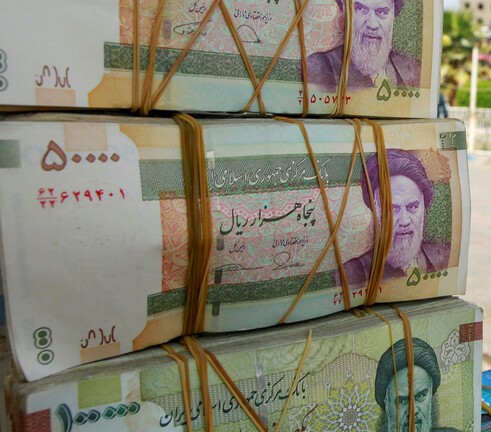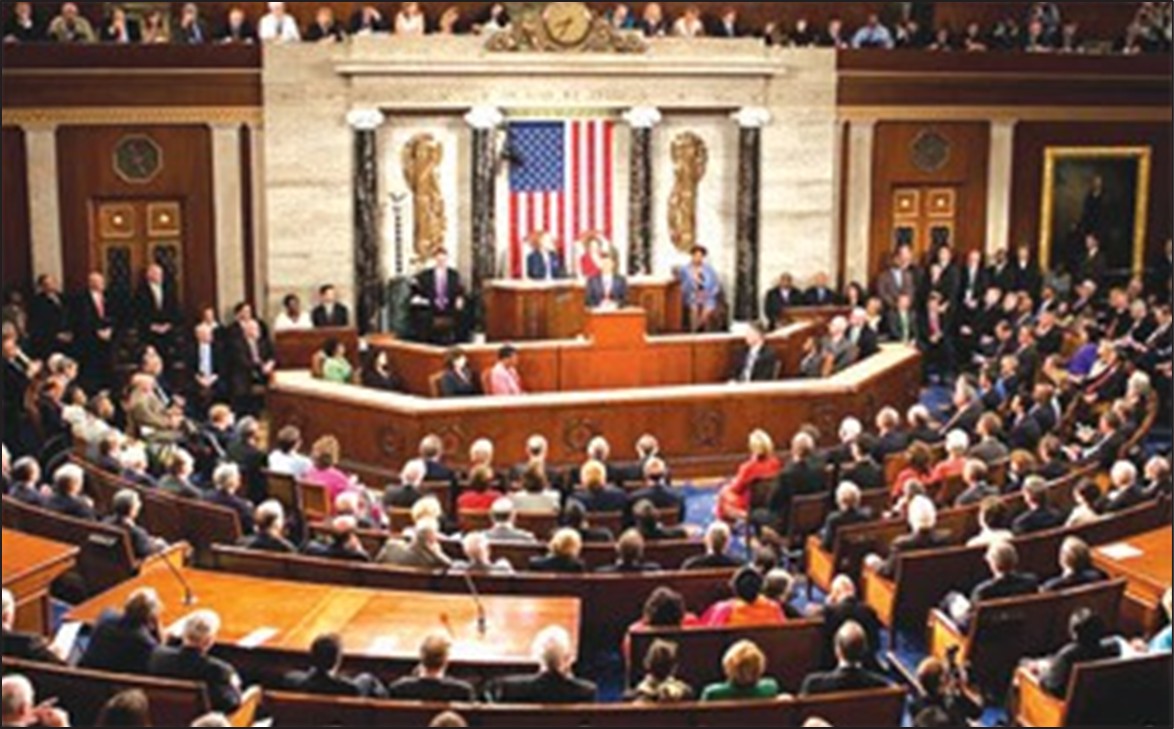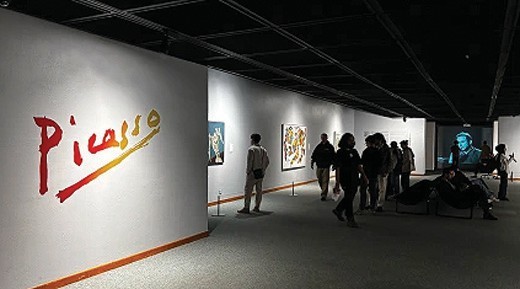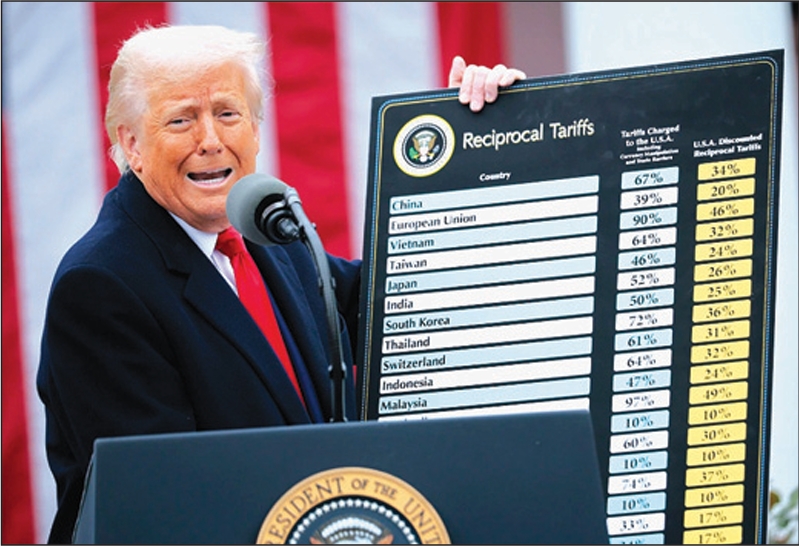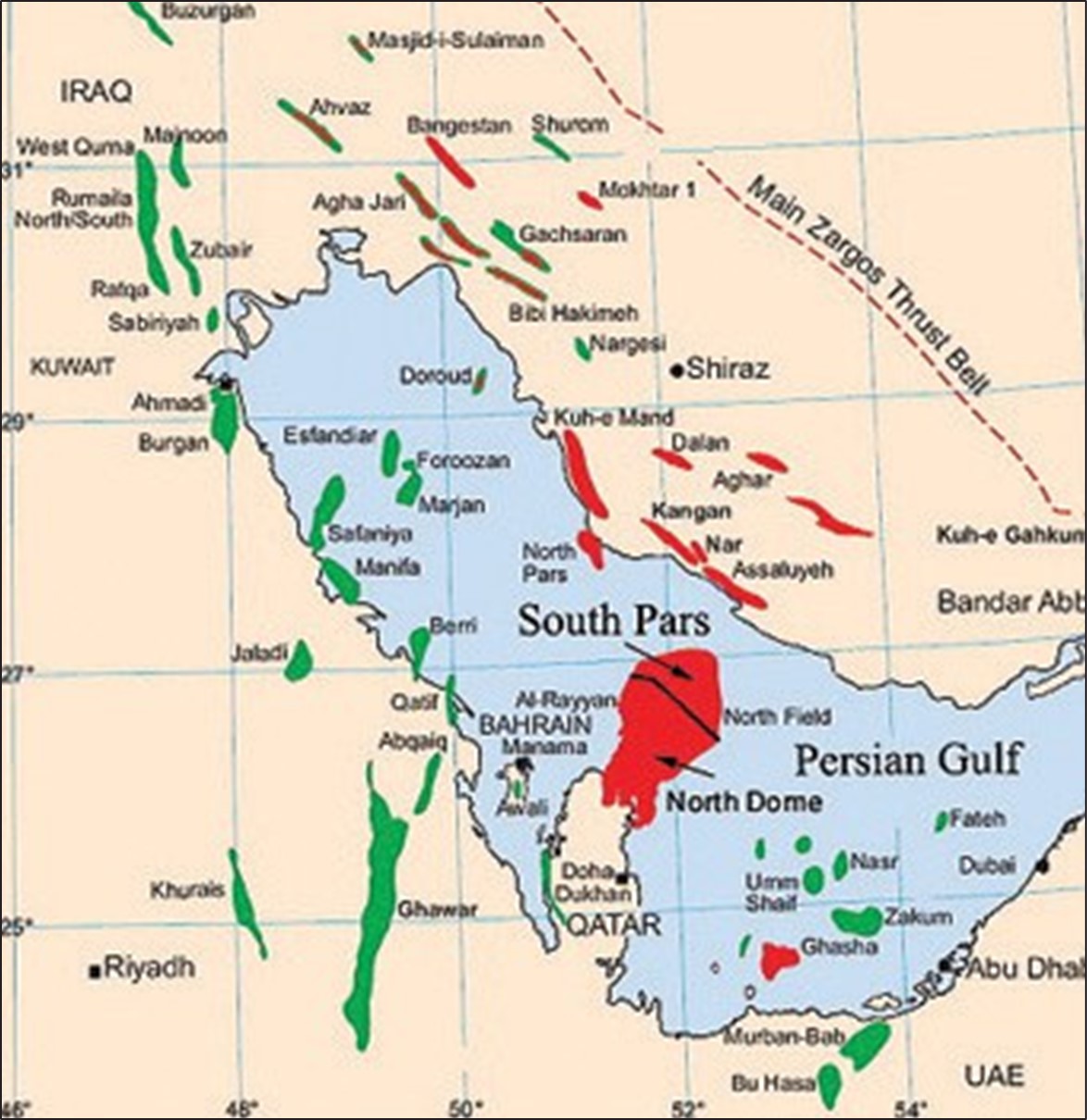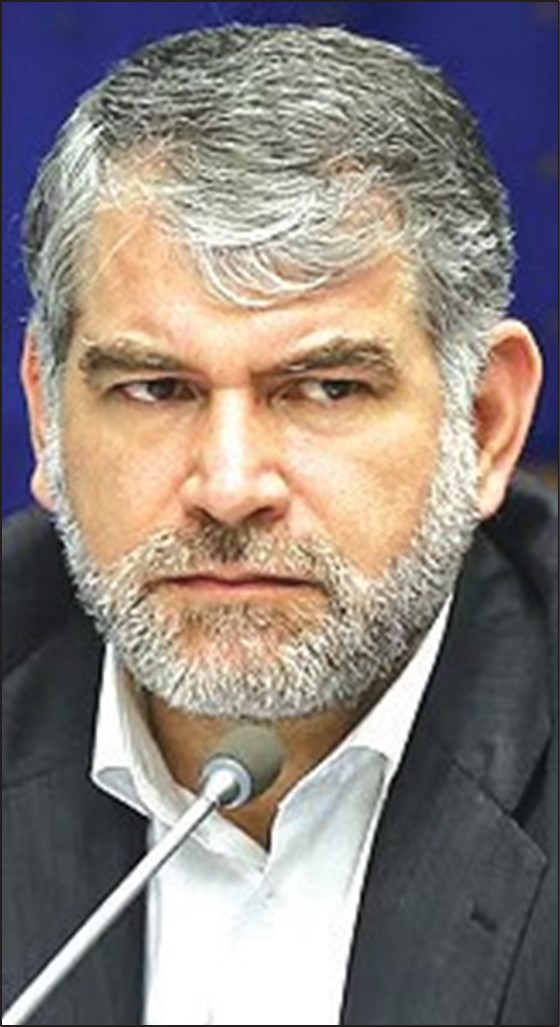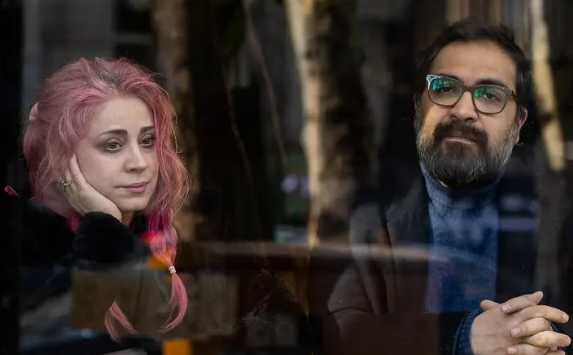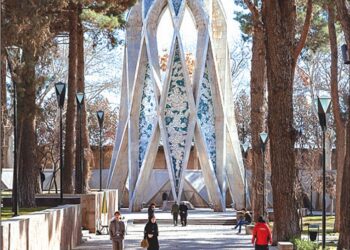The announcement of the extension was not without confusion and conflicting reports that seem to accompany even minor developments in Iran these days.
The Bloomberg news agency reported on the extension last Tuesday, quoting an announcement emailed to Bloomberg by the museum. It said, “This decision has been taken in recognition of the fact that the exhibition has proved to be very popular to date and the extension will give an opportunity for people from the provinces, including school groups, to visit.” That was a reference to the large number of Iranians who visit the capital over the Now Ruz holidays.
But the next day, Azadeh Ardakani, the woman who serves as the director of Iran’s National Museum, where the cylinder has been on display since mid-September, said she had not received any such notification. “I contacted the keeper of the Middle East collections of the British Museum, John Curtis, but he said he knew nothing of such an agreement,” Ardakani told Cultural Heritage News, an agency of the Culture Ministry.
Then, three days later, Has-san Mohseni, the spokesman for Iran’s Cultural Heritage and Tourism Organization (ICHTO) formally announced that the cylinder’s display would not end January 10 as previously planned, but would be extended to April 7. He said, “The Now Ruz holiday will be a good time for people from other cities to travel to Tehran and visit the exhibit.”
The cylinder has proven to be very popular with more than 205,000 visitors so far coming to the National Museum to see it.
The cylinder was crafted around 530 BCE to announce the seizure of Babylon by Cyrus the Great and his pledge of civil rights to all the peoples then brought within the Persian Empire. The cylinder is seen by many as the first proclamation of human rights, and it is so honored by the United Nations.
The text on the Cylinder praises Cyrus the Great, listing his genealogy as a king from a line of kings. The Babylonian king Nabonidus, who was defeated and deposed by Cyrus, is denounced as an impious oppressor of the people of Babylonia and his low-born origins are implicitly contrasted to Cyrus’s kingly heritage.
The victorious Cyrus is portrayed as having been chosen by the chief Babylonian god, Marduk, to restore peace and order to the Babylonians. The text states that Cyrus was welcomed by the people of Babylon as their new ruler and entered the city in peace. It appeals to Marduk to protect and help Cyrus and his son Cambyses.
It exalts Cyrus’s efforts as a benefactor of the citizens of Babylonia who improved their lives, repatriated displaced people and restored temples and cult sanctuaries across Mesopo-tamia and elsewhere in the region. It concludes with a description of the work of Cyrus in repairing the city wall of Babylon, in which he found a similar inscription by an earlier king of Babylon.


